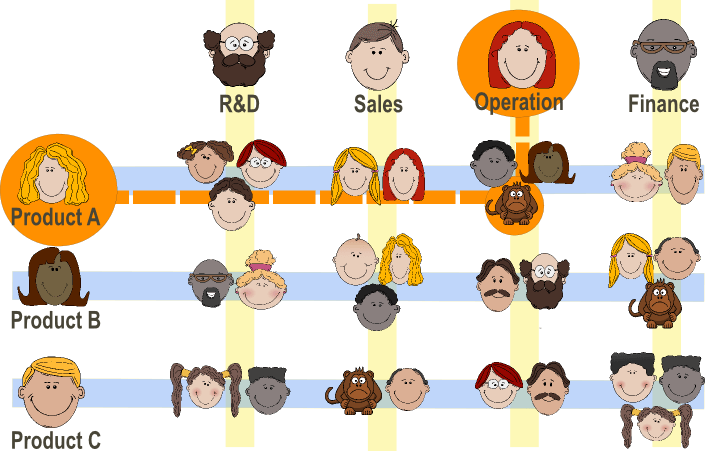War stories on how successful leaders have managed change abound in the corporate corridors, yet there are few resources available that spell it out in clear and precise terms. Most of the successful leaders have used a two-pronged approach, the first one is to evaluate the communication surrounding the change, and the second one is to use these evaluations to determine where to put energy.
What should be your goal?
Your task as a change leader is to envision and help bring about change in the organization, a change that has positive long – term consequences for single parts of the organization and for the organization as a whole or the society it operates within. Your goal as a leader who is leading the change is not to prevent all team or organizational failures, but making sure there are no fatal failures or untouchable bloopers during the journey of change.
Be direct in response
As a change leader, it is advocated that you should be more forthcoming while responding to team members? concerns by giving a written or verbal responses that reveal more about the reason or cause of a decision. Instead of just providing an overarching vision, leaders who communicate a compelling rationale increase team members? perceptions of fair change. The rationale may be in the form of an excuse, which includes an explanation of what you as a leader admit might be a hostile or inappropriate action, or justification, where responsibility for the act is accepted, but the behavior is deemed appropriate or necessary.
Go beyond helping the team to adjust to change
Traditionally, change leaders focus exclusively on the coping skills of team members or followers. These leaders tend to be more supportive, patient, candid and use good listening skills but do keep in mind that any of your two followers do not experience a particular change in the same way. As a successful leader who is concerned with creating fair change will make additions to the traditional methods, including helping members conduct brainstorming sessions, decision – making meetings, and closure sessions.
You May Also Like To Read:?Become A Leader By Learning Continuously
Your team members also need you as a change leader to redress any disrespectful or improper remarks made during the change process. To increase fairness perception, you should endeavor to make your contact with your team members more personal, and use richer media, such as the telephone or video conferencing, rather than using emails to communicate.
Don?t have a tunnel vision
Your team members need to know that you as their leader believe in multiple solutions ? the idea that there is often more than one way to get to the same outcome. Sometimes team members need a leader to champion change, and sometimes they need a competent manager to take care of the details, making connections to get projects completed, and members satisfied. You need to be seen as someone who is open to multiples ways, as long as they achieve the same results, with the identical levels of resource usage.
Take care of yourself first
Leaders need to keep themselves involved in the change initiatives to ensure they have both an opportunity to shape change and an opportunity or voice in subsequent decisions.
The stress of being entirely selfless and yet significantly responsible for others can result in outcomes that are not favorable for anyone. The leader who is not taking care of self may not be available to help the followers or let the organization enjoy a fair and fruitful change. As a change leader, you will often need to go into areas or issues that may have toxic environments, filled with negative emotions and behavior motivated by fear, self – loathing, or worse.
Therefore as a change leader, you must take care of yourself to prevent burnout, by building and nurturing a social support system for yourself. Another good step is to listen to own spoken and unspoken messages about the change. Sometimes it is appropriate to spell out the justification of your actions before someone else asks the same of you. Lastly, as a change leader, you need to keep up behaviors that will allow you to embrace change rather than simply cope with it.











Wonderful post, I really agree with your post. I am .HR student and it’s relly helpful for me